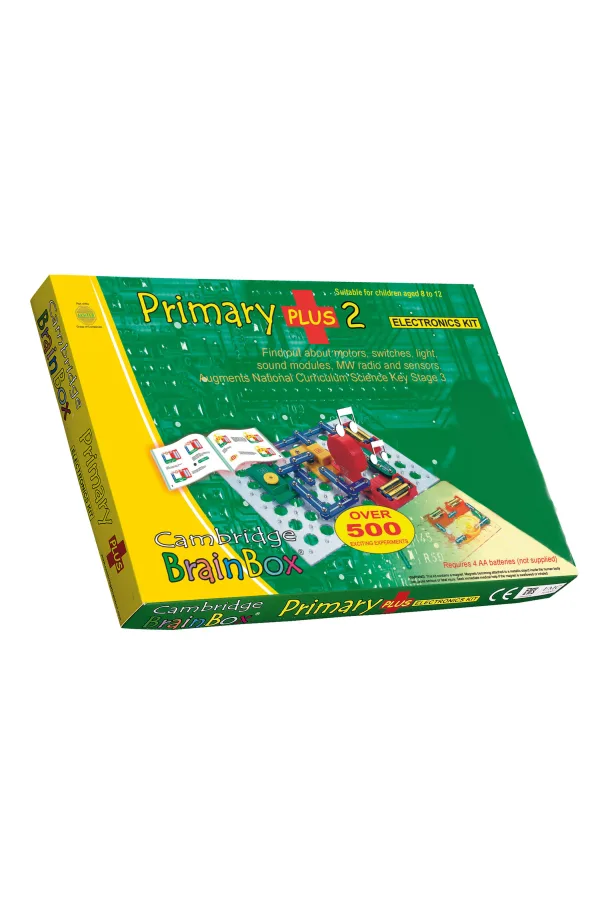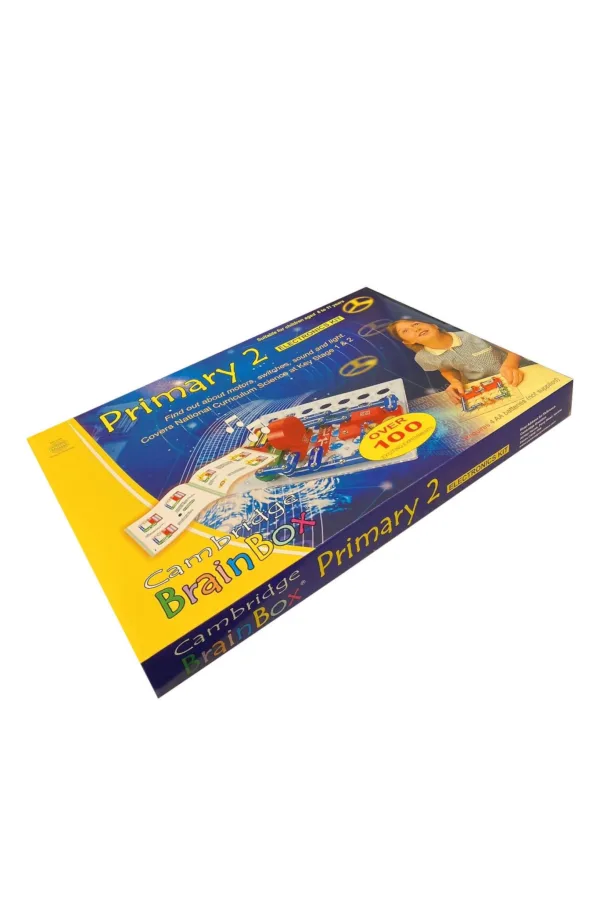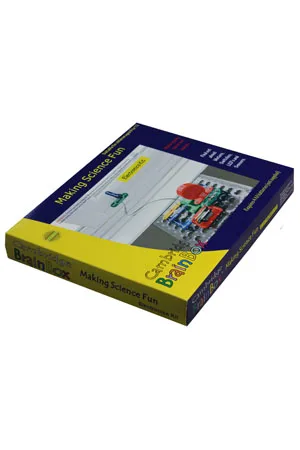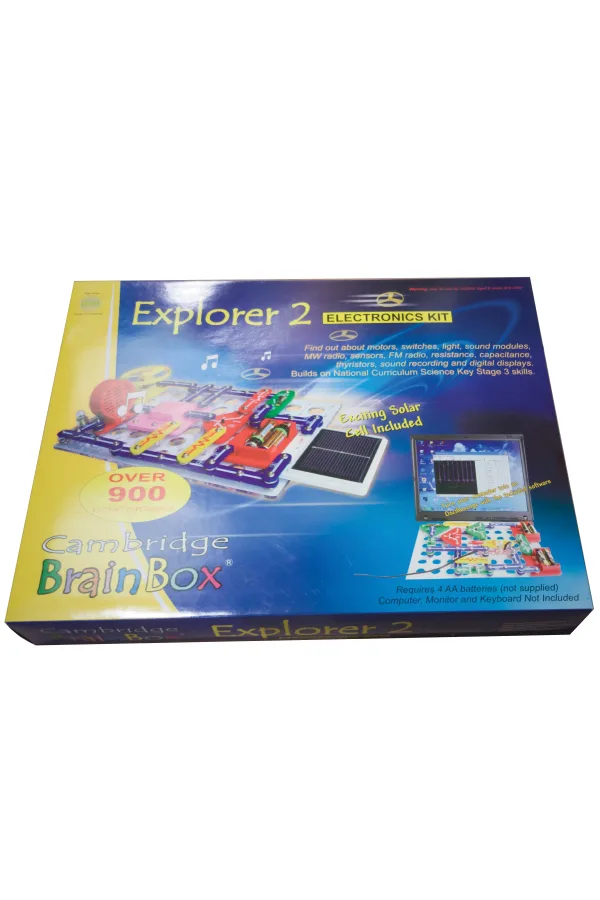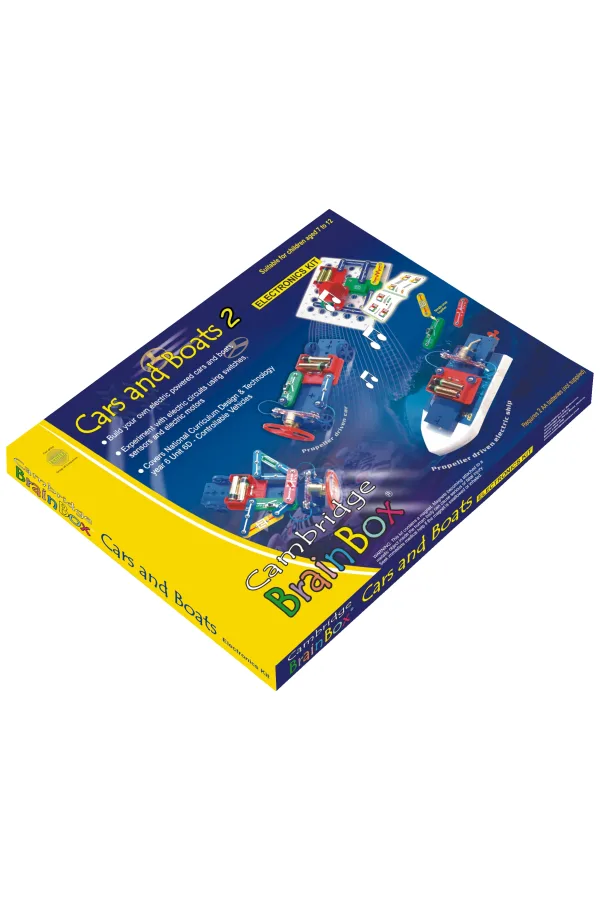children educational kits
Children’s educational kits are specially designed packages that include various materials and activities aimed at promoting learning and development in young learners. These kits are tailored for different age groups and cover a wide range of subjects, ensuring that they capture the interest of children while fostering curiosity and skill development. Here’s an overview of what children’s educational kits typically include, their benefits, and some examples:
Key Features:
Age Appropriateness: Kits are carefully curated for specific age groups, ranging from toddlers to early elementary school-aged children, ensuring that the activities are suitable for their developmental stages.
Themed Activities: Kits often revolve around specific themes or subjects such as science, math, reading, art, languages, or social studies, allowing children to explore topics in-depth.
Hands-On Learning: Many kits include interactive components, such as experiments, crafts, or games, encouraging active participation, which helps reinforce learning.
Comprehensive Instructions: Clear instructions and lesson plans are typically provided, guiding parents or educators on how to facilitate the activities effectively.
Multi-Sensory Experience: Many kits incorporate a variety of materials (visual, tactile, auditory) to engage different learning styles and keep children interested.
Supplementary Online Resources: Some kits offer access to online platforms with videos, quizzes, or additional activities that enhance the educational experience.
Benefits:
Engagement and Motivation: The fun and interactive nature of educational kits helps capture children’s attention, making learning enjoyable.
Skill Development: Children develop essential skills such as critical thinking, problem-solving, creativity, collaboration, and fine motor skills through hands-on activities.
Convenience: All materials are included in one box, making it easy for parents and teachers to conduct lessons without extensive preparation or shopping.
Encouragement of Independent Learning: Many kits promote self-directed learning, allowing children to explore at their own pace and fostering a sense of accomplishment.
Parent-Child Interaction: These kits often provide opportunities for parents and children to engage in learning together, strengthening relationships while enhancing educational experiences.
Examples of Children’s Educational Kits:
Science Kits: Kits that allow children to conduct simple experiments, such as volcano eruptions or growing crystals, introducing them to scientific concepts and methods.
Art and Craft Kits: Packages that include materials for various art projects, such as painting, sculpting, or DIY crafts, allowing children to express their creativity.
Math Manipulative Kits: Tools like counting blocks, puzzles, or board games that make learning math concepts fun and interactive for young learners.
Reading and Literacy Kits: Kits that include storybooks and associated activities, such as comprehension questions or writing prompts, that promote literacy skills.
Nature Exploration Kits: Packages that encourage outdoor learning, including tools for insect observation, plant identification, or simple gardening projects.
Language Learning Kits: Resources that introduce children to new languages through games, flashcards, and interactive storytelling.
STEM Kits: Focusing on science, technology, engineering, and mathematics, these kits often include building projects or coding activities that engage children in critical problem-solving and creative thinking.
Showing all 6 resultsSorted by latest


